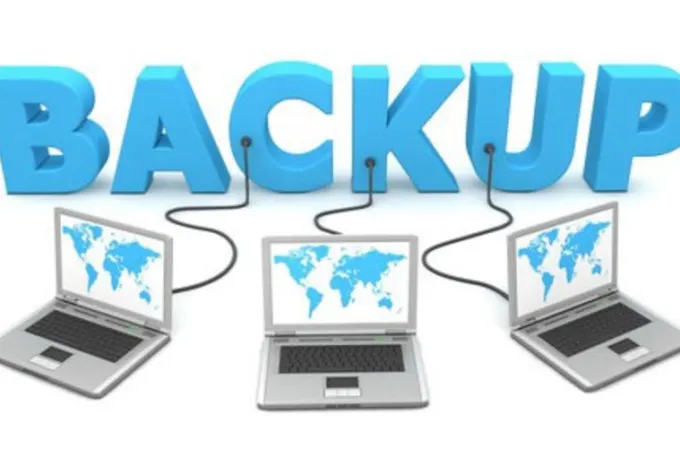Maintaining technology systems is crucial to ensure their optimal performance, security, and longevity.
Here are general steps to help you maintain tech systems:
Regular Backups

Regular backups are a crucial aspect of maintaining technology systems. They help protect against data loss, system failures, and various other unforeseen events.
Here’s a more detailed guide on implementing regular backups:
Identify Critical Data
- Determine which data is critical for your operations. This includes databases, documents, configurations, and any other information essential for your organization.
Backup Frequency
- Establish a backup frequency based on the rate of data change and the importance of the information. Critical systems might require daily or even hourly backups, while less critical data may be backed up less frequently.
Network Monitoring
Network monitoring is a critical aspect of maintaining the health, performance, and security of a technology system. It involves tracking the activity and performance of network components, such as routers, switches, servers, and applications.
Here are steps to effectively implement network monitoring:
Define Monitoring Goals
- Clearly outline the goals of your network monitoring strategy. This could include improving performance, ensuring uptime, identifying and resolving issues quickly, and enhancing security.
Select Monitoring Tools
- Choose appropriate network monitoring tools based on your requirements. These tools can include open-source solutions like Nagios or commercial options like SolarWinds, PRTG, or Wireshark. Select tools that provide the necessary features for your specific needs.
Communication and Collaboration
Effective communication and collaboration are essential components of maintaining technology systems and fostering a productive work environment.
Here are steps to enhance communication and collaboration within your organization:
Unified Communication Tools
- Implement unified communication tools that integrate various communication channels, such as email, instant messaging, voice, and video conferencing. Examples include Microsoft Teams, Slack, or Zoom.
Clear Communication Channels
- Establish clear channels for different types of communication. Use email for formal documentation, instant messaging for quick queries, and video conferencing for virtual meetings.





Leave a Reply